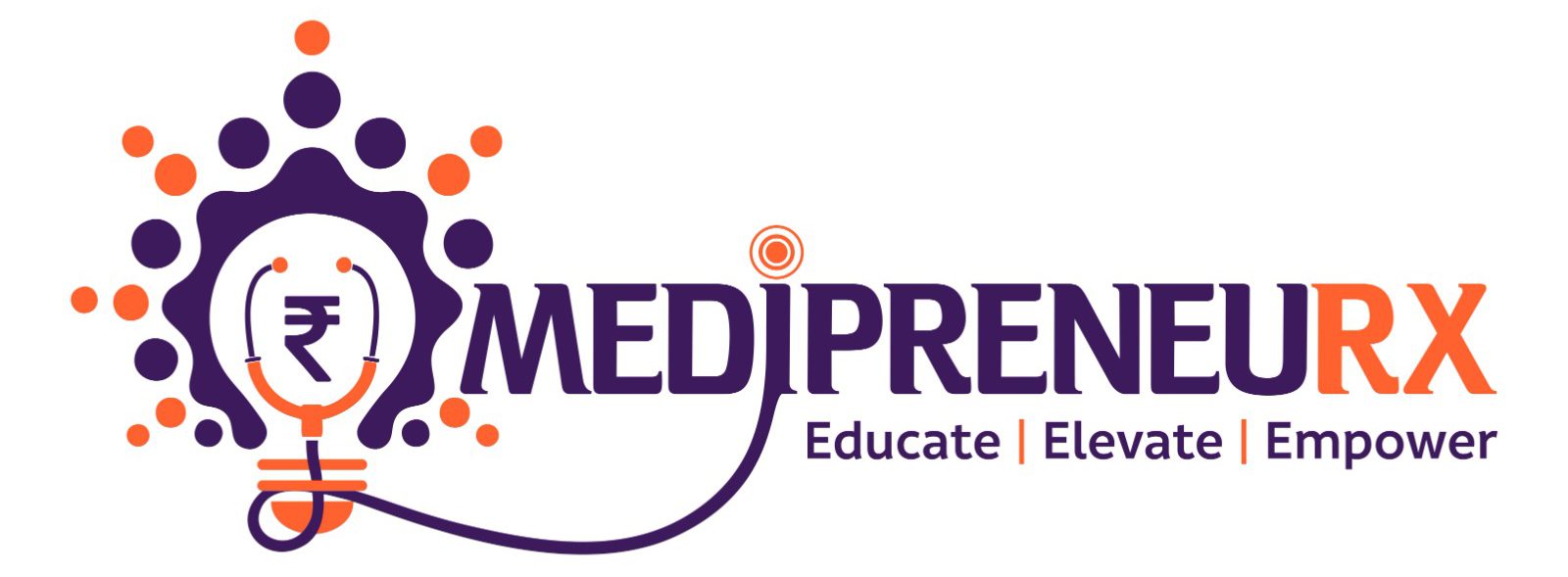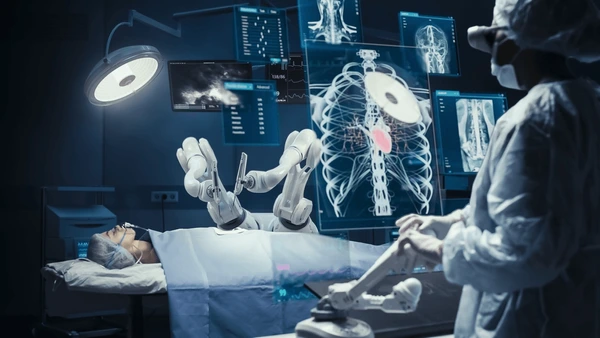An AI system akin to Alexa is used by a futuristic healthcare system in 2070 to gather patient symptoms, retrieve electronic health records, and suggest diagnostic tests. The tests are performed by a human technician, and the AI evaluates the data to recommend a course of action that may involve writing a prescription for medication. This example shows a cooperative strategy where AI helps medical staff provide effective and individualized patient care.
Professors David Dranove and Craig Garthwaite looked at how incorporating AI into healthcare would affect doctors’ traditional roles in a recent paper. At the moment, it appears that AI will support physicians rather than replace them, given the critical role that human interaction plays in the healthcare industry. The relationship between patients and AI in healthcare may change in the future, according to Dranove, even though patients may not entirely trust computers as their main source of medical advice at this time.
Advocates of AI in healthcare highlight two main advantages. First, AI could examine medical records and identify trends in historical patient data to forecast which medications or surgeries would be successful based on resemblances to previous instances. Second, AI could be trained on a large collection of images to identify features indicating positive or negative results in diagnosis, particularly in radiology and pathology, potentially improving diagnostic accuracy.
According to a number of studies, AI is capable of performing some tasks more efficiently than humans, sometimes even identifying symptoms of diseases that medical professionals would miss. A notable example of how AI can improve diagnostic capabilities is the program’s ability to identify early-stage invasive breast cancers in mammograms with greater accuracy than radiologists.
There are differing opinions on whether AI should replace or supplement doctors based on research on the technology’s ability to diagnose medical conditions. In certain cases, such as the breast cancer study, physicians using AI guidance made less accurate choices than using AI alone. The best results, however, came from combining medical knowledge with AI in situations like hip fracture detection, where radiologists using AI results in their assessments outperformed software on its own.
AI has a huge potential impact on healthcare, especially on data-mining-informed treatment plans. AI is able to extract patterns from patient records by examining their features, genetic variations, symptoms, treatments, and results. This improves the accuracy and individualized nature of medical interventions by allowing the AI program to forecast the best medications or surgeries for a new patient based on similarities to prior cases.
AI shines in diagnosis, particularly in radiology and pathology, where it analyzes large image sets from diagnosed cases. Studies demonstrate the effectiveness of AI; for example, one study found that an AI program was able to identify early-stage invasive breast cancers in mammograms better than radiologists. These results highlight AI’s ability to improve diagnostic precision and spot subtle disease indicators.
There are differing opinions about whether AI can replace or supplement doctors in diagnosis. In some situations, such as the breast cancer study, physicians using AI guidance made less accurate choices than AI acting alone. Nonetheless, the best results came from combining medical knowledge with AI; radiologists who used AI results in their assessments were able to identify hip fractures more accurately than those who used software alone.
Widespread information sharing is hampered in the US healthcare industry by HIPAA regulations and data fragmentation. Individual medical organizations use their own patient records to develop AI primarily. Bigger healthcare systems benefit from having access to more data, but smaller ones find it difficult to properly train AI systems.
Because of the perceived value that trained AI software brings to their systems, large healthcare organizations may be reluctant to share it, even in spite of the potential benefits to society. The lack of cooperation may continue in the absence of a federal mandate for data or software sharing, creating a highly fragmented environment for AI development in healthcare for the foreseeable future.








